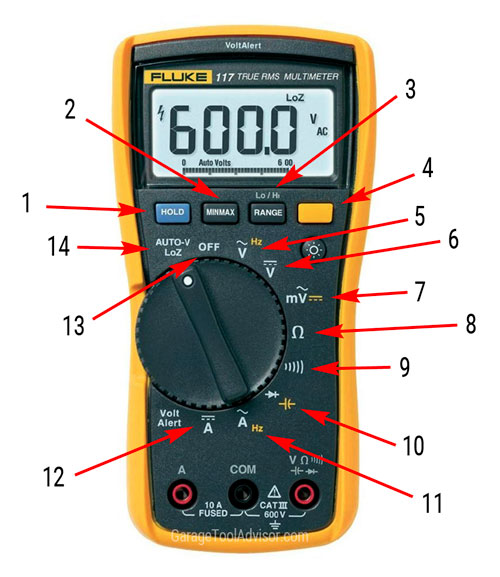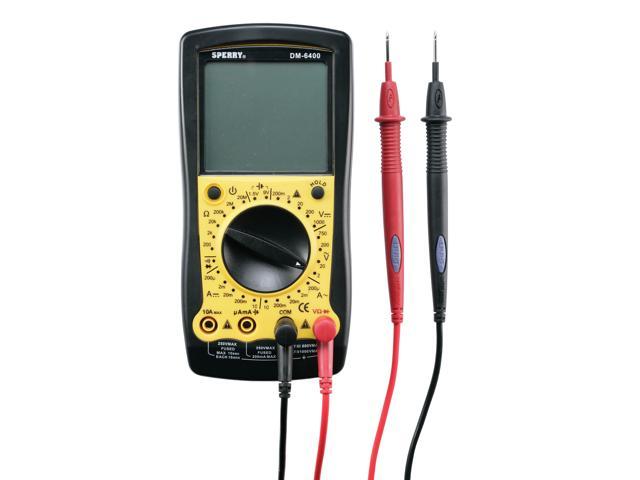A digital multimeter is an essential piece of test equipment, widely used by electronics technicians, hobbyists and electricians. In its most basic form, the meter measures voltage, current and electrical resistance; more advanced models measure capacitance, continuity, frequency and other aspects of electrical and electronic circuits. Mastering the use of the DMM involves learning the various settings of the meter’s main control knob. Basic electrical safety is another important part of using a multimeter.

Battery Check
Turn the control knob to the battery test position and note the battery's power level. Replace the battery if it appears depleted.
Gb Digital Multimeter Gdt-11 Manual. It's a GB Instruments GDT-11 I got a long time ago. If there was a manual that came with it I've long since lost it and gardnerbender.com doesn't have it. I want to test continuity of a part (a fuse I've removed.) There certainly isn't a 'R1' setting like my old analog meter had.
Tip
Some lower-cost DMMs may not have a battery check feature. If you turn the control knob and the display does not come on, the battery is likely dead or absent.
Measure Resistance
Set the meter’s control knob to measure resistance. Touch one of the meter’s probe tips to one lead of the 100-ohm resistor, and touch the other tip to the remaining lead. The meter should indicate approximately 100 ohms, depending on the tolerance of the resistor. For example, a resistor with 10-percent tolerance should read between 90 and 110 ohms.
Warning
Do not touch the bare wire of the resistor leads or probe tips with your fingers, as your skin resistance will interfere with accurate meter readings.
Do not measure the resistance of resistors in a circuit; the series or parallel resistance of other electrical components in the circuit will give you a net resistance, not the resistance of the resistor under test.
Measure DC Voltage

Set the meter's control knob to measure direct current voltage. Touch one probe tip to one of the battery’s terminals, and touch the other probe tip to the remaining terminal. The meter should indicate approximately 6 volts. If the black probe is touching the positive battery terminal, the meter will read -6 volts, as the polarity of the probes are not matched to the battery terminal. This does not harm the meter, but you get a negative voltage reading instead of a positive one.
Warning
Always exercise care when measuring voltages in excess of 50 volts AC or DC, as the high voltage can cause electric shock.

Measure DC Current
Wrap one of the resistor leads around the positive battery terminal. Set the meter’s control knob to measure DC current in the 0-200 milliampere range. Touch the meter’s red or positive probe tip to the free end of the resistor, and touch the black or negative probe tip to the negative battery terminal. The meter should display approximately 60 milliamps of current.
Gb Instruments Gdt-11
Warning
Gb Gdt 200a User Manual
Never measure current without a known resistance in series with the meter; without resistance, a current overload can damage the meter or circuit.